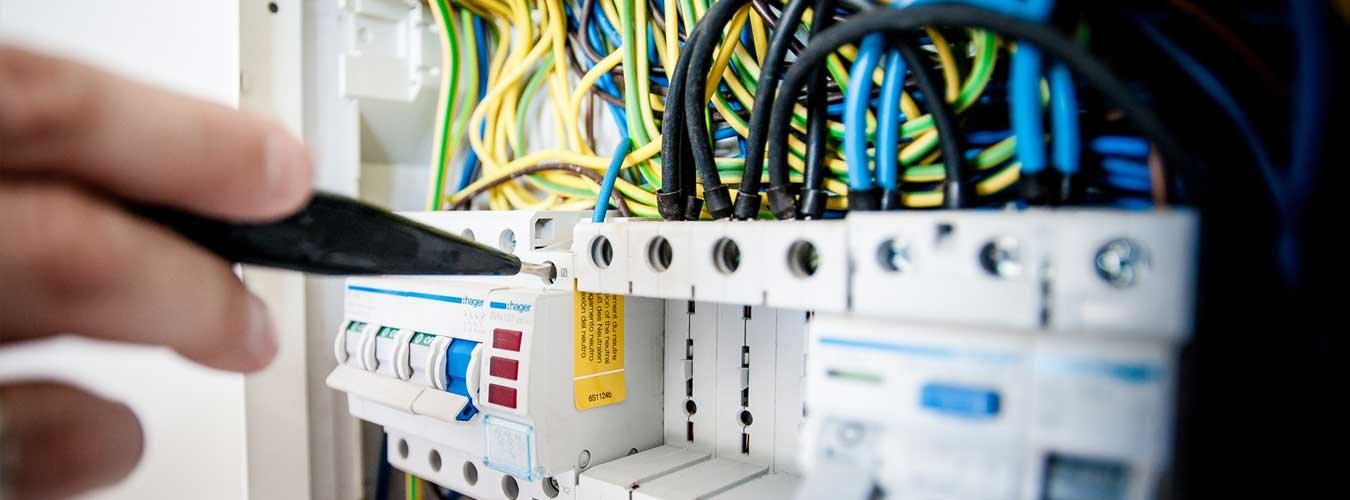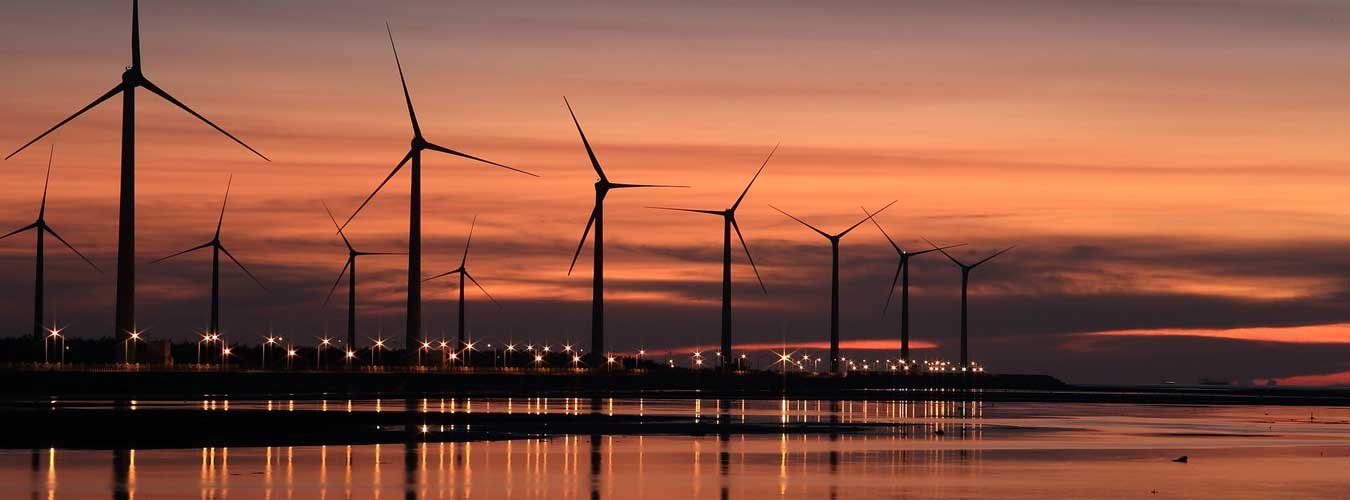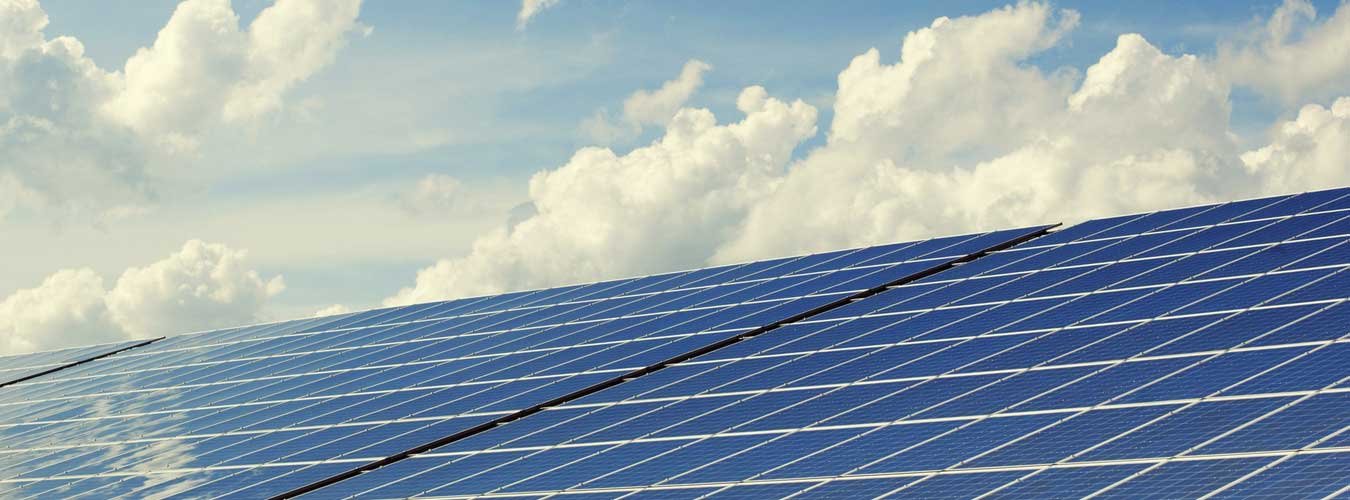






Oil & Gas Industry
Oil and Gas Industry is the one of the dynamic industries globally where you need to keep move your entire platform place to place based on availability of extraction materials, you need to manage costs, extract the most value possible from current assets and maximize up-time. Technology available today makes it possible to develop a truly connected enterprise and move closer to operational excellence. Industrial automation is a major driver in oil and gas industry today. Digitization, automation and new technologies give operators and technicians immediate access to important performance, condition and technical information.

Energy companies often face challenges transitioning to more renewable sources. To meet the demand in the diverse situations, energy companies need to focus on innovative technologies within their business models where they can embrace innovation to increase efficiency. Process Automation is one such technology that energy companies can depend. Modernizing internal processes with automation, along with better access to information about operations and maintenance, will help the industry streamline production and distribution and allow for a higher yield.
Drilling Operations
It’s one of the major processes where automation can make significant impacts. It’s is not just the largest expensive process in the energy industry, it involves critical safety risks for the plant and workers involved. We could automate and monitor different stage of operations to ensure its safety, productivity and energy efficiency.
Pipe Line Monitoring
After extracted the oil and gas, transportation would another challenge. Pipelines are exposed to all kind of environment. We need to have a technology to monitor the pipeline to detect leakage and broken. We should drive pumps based on the pipeline condition. These are the potential areas where we can automate or maintain closed loop operation.
Refining
Automation would save more cost in the refine process. Standard output at maximum time. Handling unwanted gases in safety manner. Monitoring exhaust systems.
Weather Monitoring Systems
Introducing automated weather sensors to detect changes in seismic activity, as well as ocean and atmospheric levels to predict when conditions are right for major natural weather events, such as earthquakes and hurricanes, thereby enabling oil and gas plants to take the proper safety precautions in real-time.
